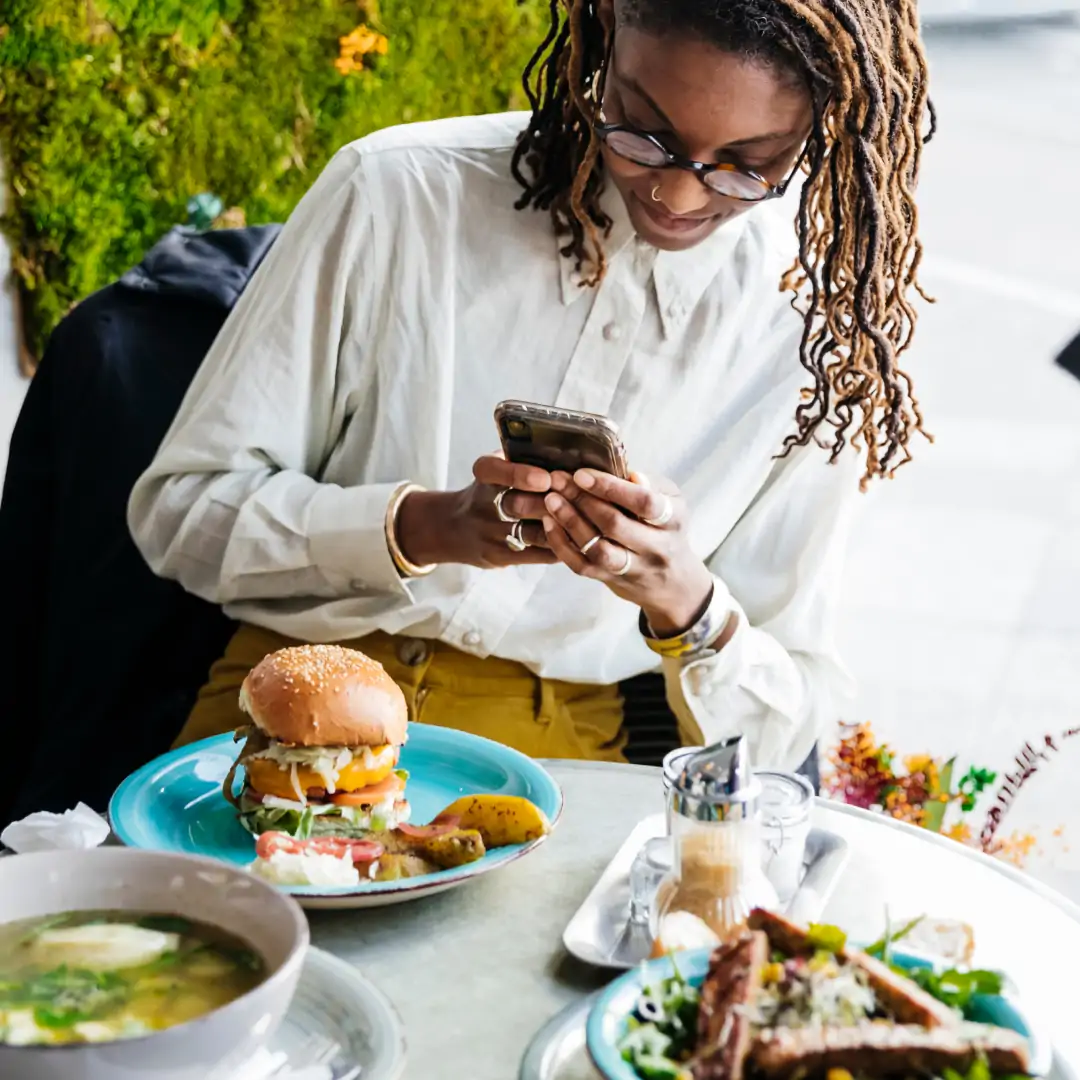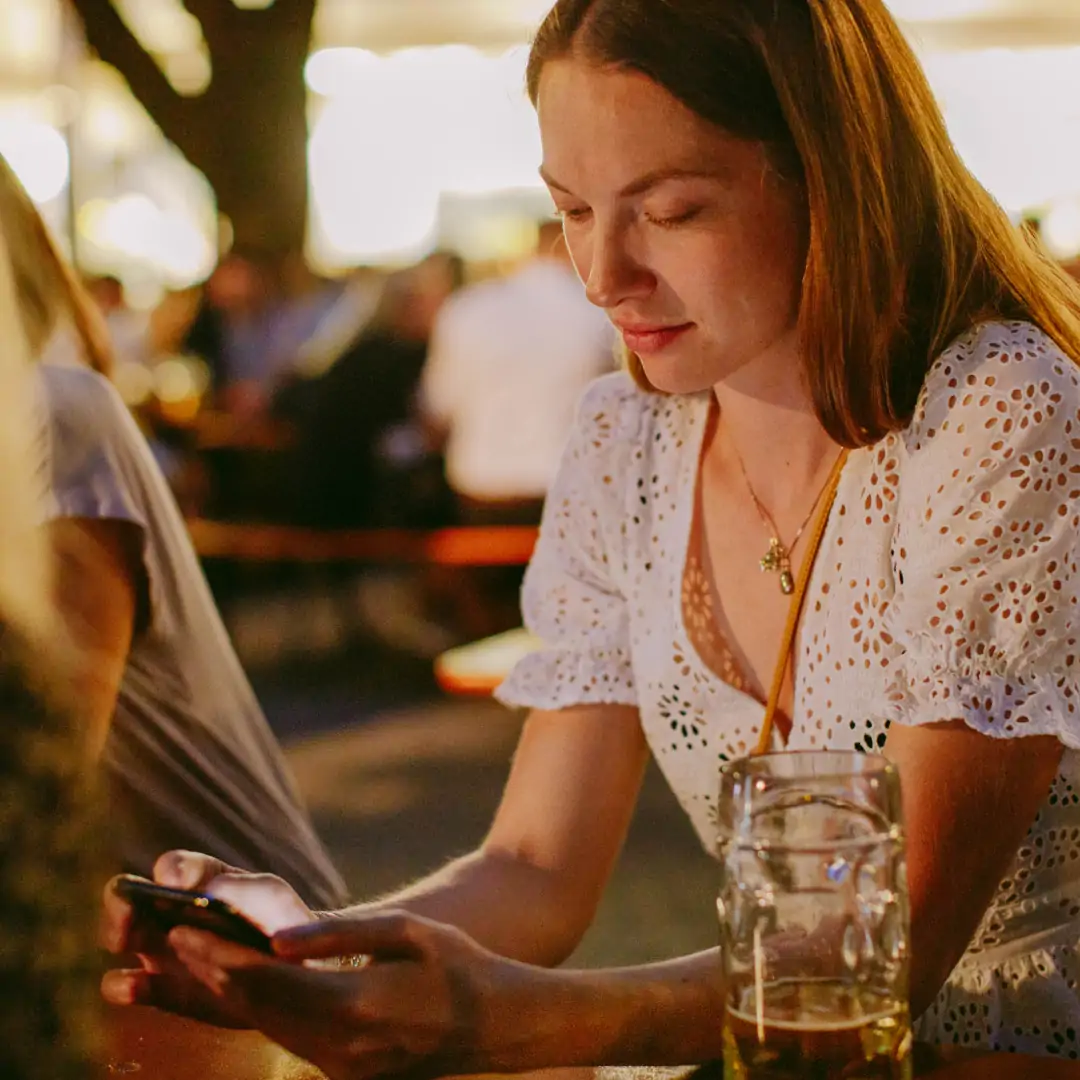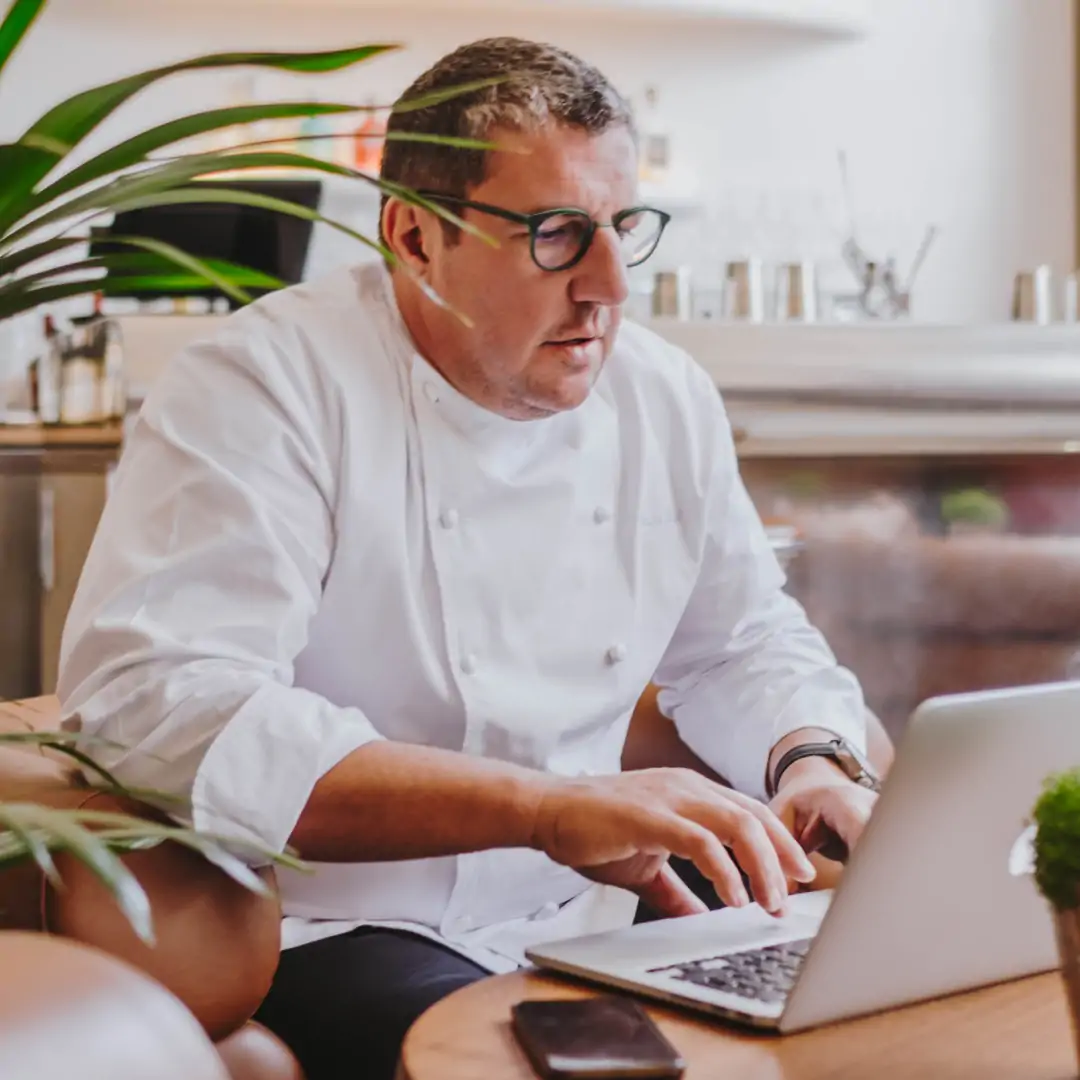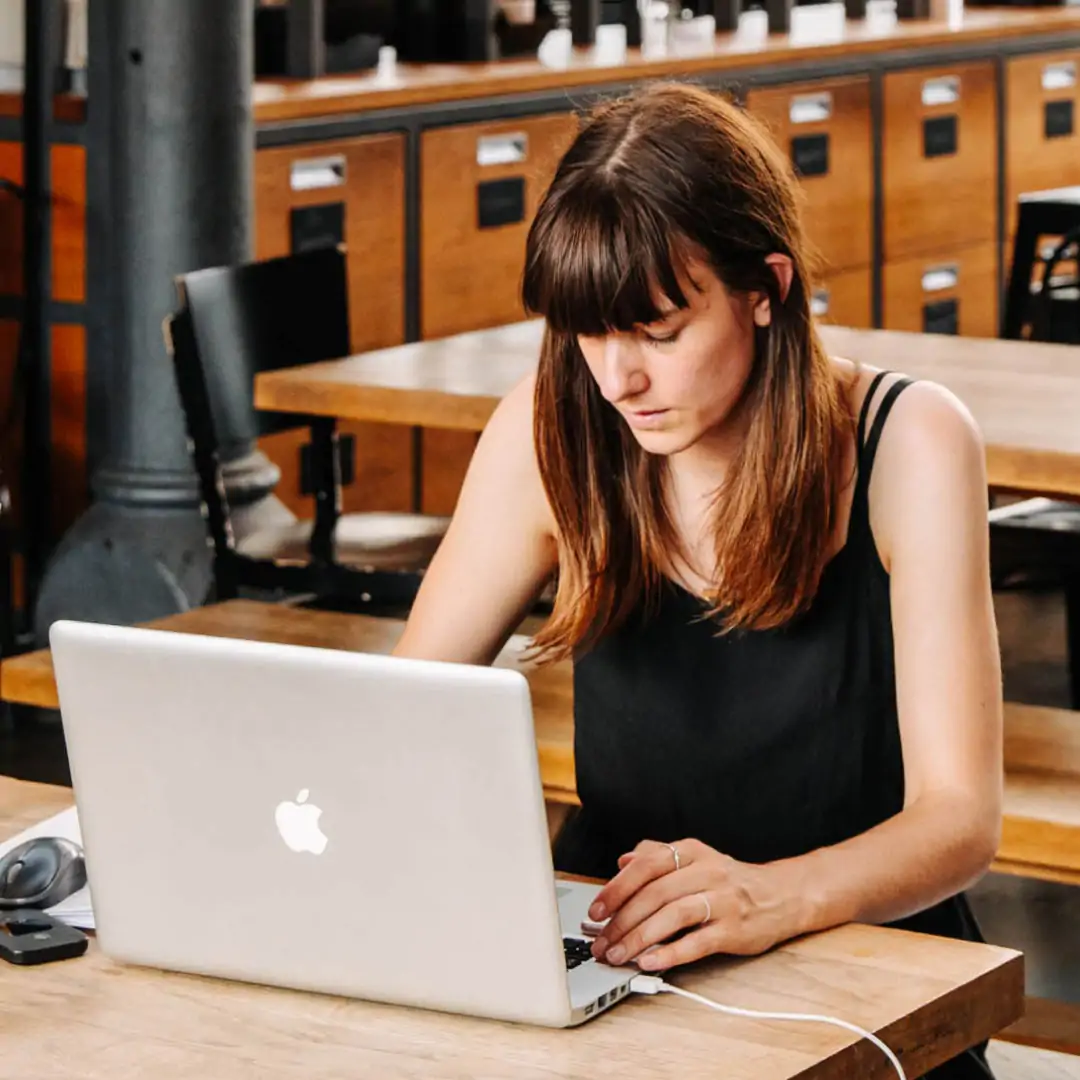A picture is worth more than a thousand words for restaurants—a great photo can lead to more bookings. It’s no secret that images play a part in how restaurants tell their story and how diners perceive them, but there is a certain art to getting the strategy right. Having photos on as many platforms as possible (such as Instagram, Yelp, and OpenTable) is key to retaining diners’ attention and marketing your restaurant as an attractive one to book.
Photos make a restaurant’s OpenTable profile more complete because they give guests valuable information as they’re browsing on the platform for places to eat. With the new addition of Gallery Photos in OpenTable, it’s easier than ever to customize your profile and upload photos with a few clicks. Whether you’re an OpenTable partner or not, learn more about why photos are important and what kinds of things to look for as you bulk up your restaurant’s visual libraries.
Why adding photos is important for restaurants
Beyond being an appealing visual for potential diners, photos can lead to a higher conversion rate. For example, if someone searches “Italian” in New York City, restaurants with photo-packed profiles might be more desirable to the user and could increase the chance of booking.
Factors that play a part in organic search results include menus, tags, and descriptions. In fact, our search algorithm takes into account over 170 factors about the restaurant and the diner to match the right restaurants to the right diners. Great OpenTable profiles both increase conversion rates of diners once they land on the restaurant profile and help the restaurant get included in more collections and specialized landing pages (e.g., “Great for Brunch”). The more information, the merrier.
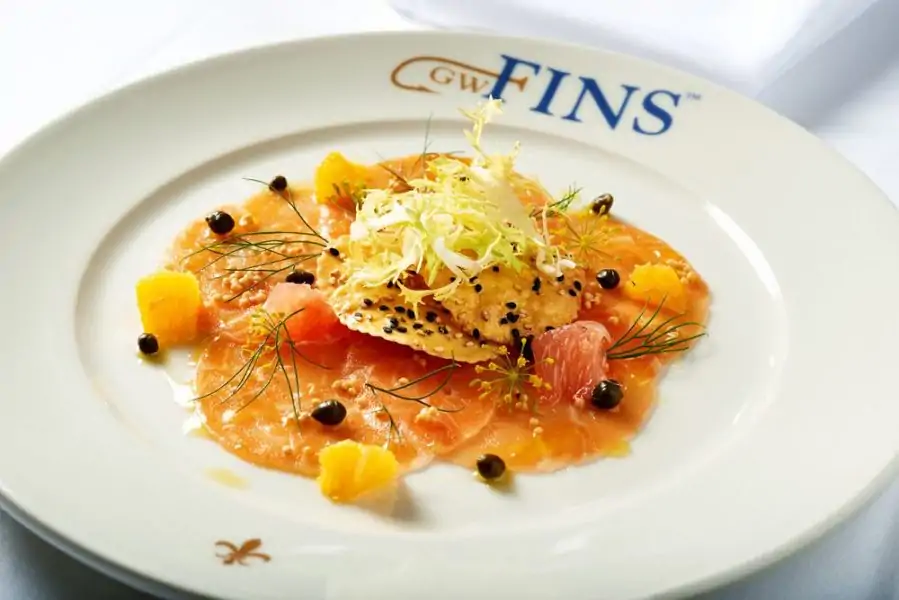
What kinds of photos to add
Photos give guests a more complete idea of what to expect before deciding to visit the place in person. Clear, well-lit images that capture a restaurant’s interior, exterior, and food are the most enticing. Switch up what you show off. For example, if you’re known for dinner but also serve weekend brunch and have an extensive wine list, share that so people know everything you have to offer.
The most important thing to consider when photographing food is natural light. When possible, set a finished dish on a table near a window during the day, and position the camera (or phone) away from the window to avoid overexposure. Better yet, take photos of food outside if you can. Also, keep in mind, the best food photos are close up, colorful, and hunger-inducing. Experiment with different angles and edits.
Nighttime photos can better convey the vibe of the interior, but sometimes the lighting is less favorable. If photographing food without any natural daylight, it’s best to shine a bright light on the food (a phone’s flashlight works great for this) before snapping the image.
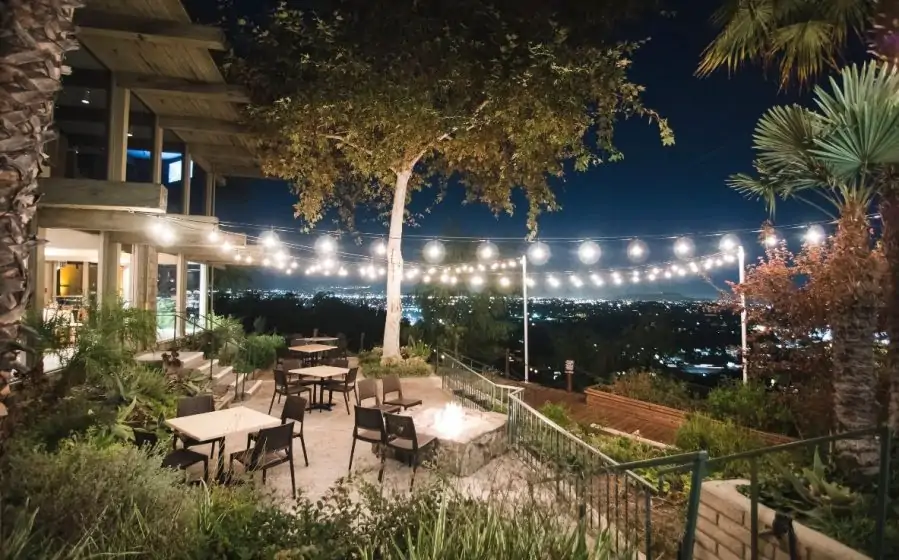
How to describe your photos
Use words to describe what’s in the image! People may be looking at your menu at the same time and will want to know what certain appetizers or entrees look like. A good rule of thumb is to describe the photo using 50 or fewer characters and remember to put the most important information upfront. Highlight the dish name, ingredients, the dish history if possible (is this your restaurant’s longtime signature?), and how it’s sourced if that’s relevant.
If someone has their eye on the uni creme brulee after reading the menu, seeing what it looks like will only make them hungrier. This combination of visuals and text can educate, excite, and inspire people to come to your restaurant and order the item that caught their eye.
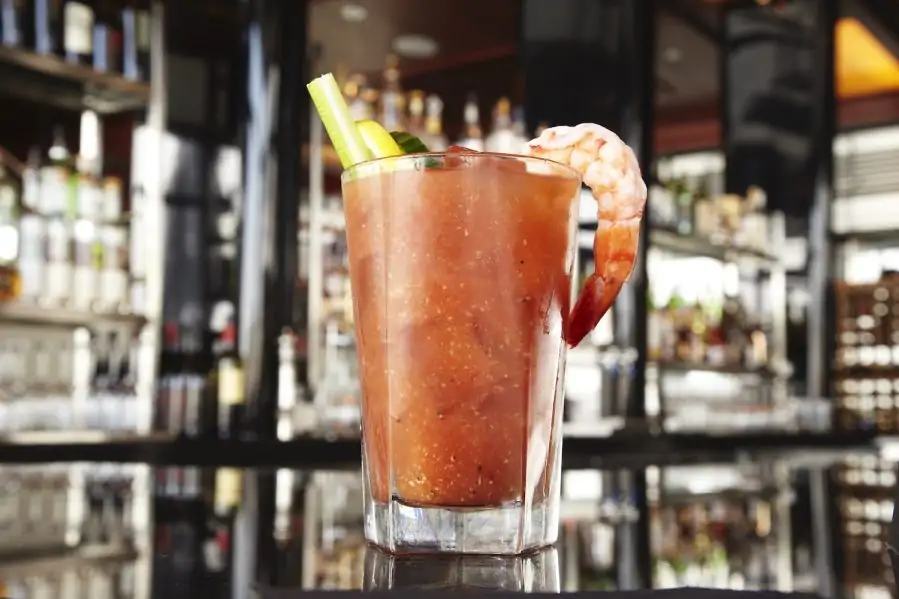
Learn more about Gallery Photos in OpenTable with step-by-step instructions. Not finding what you’re looking for? Contact us.
Photo credits in order from top: Odyssey in Granada Hills, GW Fins (Sam Hanna), Odyssey in Granada Hills, Legal Sea Foods (Paul Saraceno).

